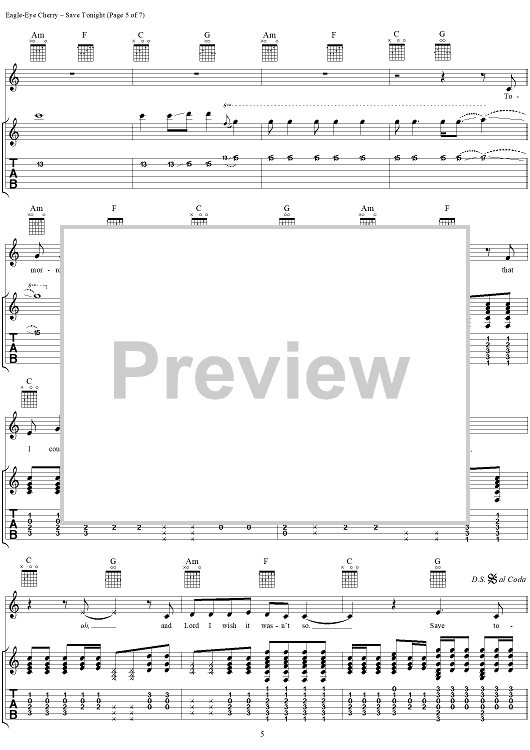
I–IV– ♭VII–IV is a similar chord progression which is arch formed (I–IV– ♭VII–IV–I), and has been used in the chorus to " And She Was" (1985) by Talking Heads, in " Let's Go Crazy" (1984) by Prince, in " Like a Rock" (1986) by Bob Seger, and in " Steady, As She Goes" (2006) by The Raconteurs (minor tonic: i–V– ♭VII–IV). It opens the verse to " Brown Eyes" by Lady Gaga", is used in the chorus to " Rio" (1982) by Duran Duran and " Sugar Hiccup" (1983) by the Cocteau Twins, and is in the 2nd part of the bridge in " Sweet Jane" (1988) by the Cowboy Junkies.

" Cinnamon Girl" (1969) by Neil Young uses I–v– ♭VII–IV (all in Mixolydian). This progression is used in other songs including " Turning Japanese" (1980) by The Vapors, " Sample in a Jar" (1994) by Phish (I–iii– ♭VII–IV), " Waterfalls" (1995) by TLC, and "Don't Tell Me" (2000) by Madonna. The progression also makes possible a chromatic descent over a contiguous heptachord (minor third): 8 ^ descent. The use of the flattened seventh may lend this progression a bluesy feel or sound, and the whole tone descent may be reminiscent of the ninth and tenth chords of the twelve bar blues (V–IV). There are few keys in which one may play the progression with open chords on the guitar, so it is often portrayed with barre chords ("Lay Lady Lay"). It consists of two IV chord progressions, the second a whole step lower (A–E–G–D = I–V in A and I–V in G), giving it harmonic drive. I–V– ♭VII–IV may be viewed as a variation of I–V–vi–IV, replacing the submediant with the subtonic.

The British progressive rock band Porcupine Tree made a song called " Four Chords That Made A Million" that appears to be a satire of the broad use of this progression in contemporary commercial music. As of May 2020, the two most popular versions have been viewed over 100 million times combined. The song was subsequently published on YouTube. It was originally written in D major (thus the progression being D major, A major, B minor, G major) and performed live in the key of E major (thus using the chords E major, B major, C# minor, and A major). Ī 2009 song by the comedy group The Axis of Awesome, called " Four Chords", demonstrated the ubiquity of the progression in popular music, for comic effect for instance, as the progression is played as a ostinato, sometimes it is used as a vi–IV–I–V (i. Numerous bro-country songs followed the chord progression, as demonstrated by Greg Todd's mash-up of several bro-country songs in an early 2015 video. The chord progression is also used in the form IV–I–V–vi, as in songs such as " Umbrella" by Rihanna and " Down" by Jay Sean. In this ordering, the progression ends with a double plagal cadence in the key of the dominant (in the Mixolydian mode) and could also be respelled ii–bVII–IV–I, opening with a backdoor turnaround. However, the earliest known example of using this progression (at least in a major hit) is Scott McKenzie's " San Francisco (Be Sure to Wear Flowers in Your Hair)", written by John Phillips.ĭan Bennett claims the progression is also called the "pop-punk progression" because of its frequent use in pop punk. He named the progression because he claimed it was used by many performers of the Lilith Fair in the late 1990s. Hirsh first noticed the chord progression in the song " One of Us" by Joan Osborne, and then other songs.

In C major this would be Am–F–C–G, modulating the key to A minor. "Pop-punk progression" variation in C major, based on Bennett Ī common ordering of the progression, "vi–IV–I–V", was dubbed the "sensitive female chord progression" by Boston Globe Columnist Marc Hirsh.


 0 kommentar(er)
0 kommentar(er)
